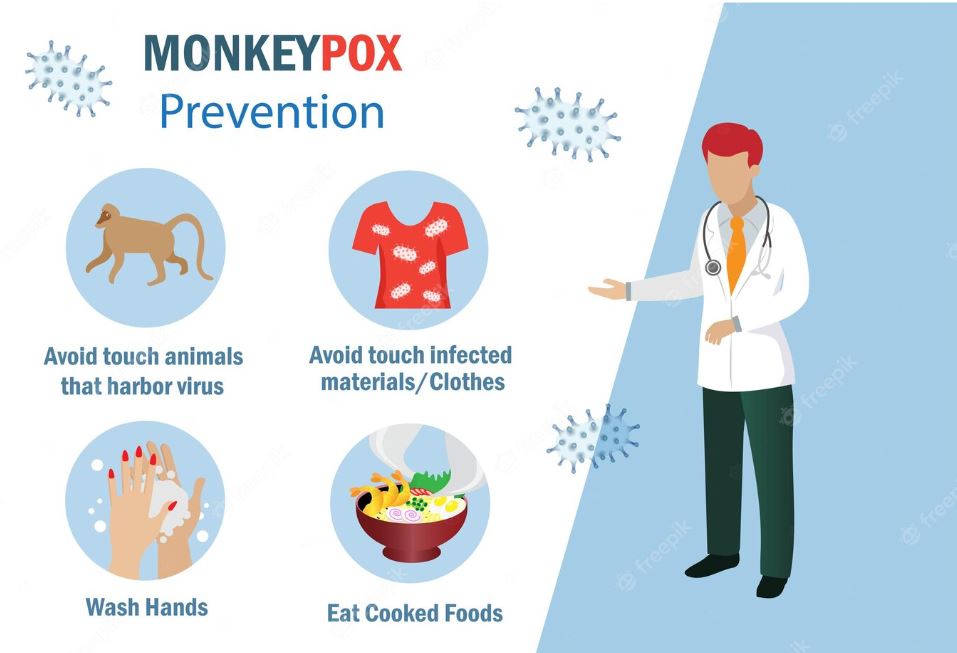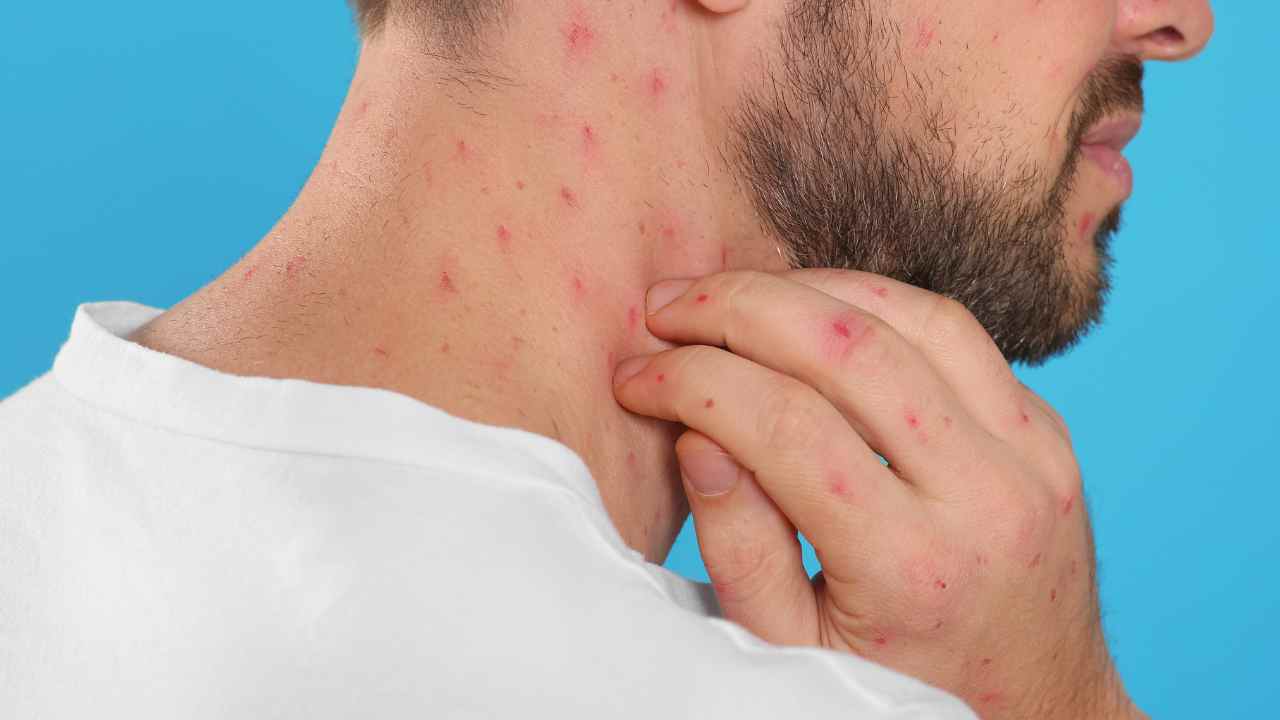As with smallpox in humans, monkeypox is a rare infectious disease caused by the Monkeypox virus. It was first discovered in 1958 in laboratory monkeys and was confirmed in 1970 to be caused by a virus. In addition to spreading through contact with infected animals, the virus can also spread from person to person in Central and West African countries. Here you will read about What is Monkeypox and how to treat it.
Symptoms usually appear within 7 to 14 days after exposure and can range from mild to severe. They include fever, headache, backache, swollen lymph nodes, chills, and exhaustion. An antiviral drug called cidofovir may also be prescribed. It is effective against monkeypox in humans through vaccines.
Monkeypox 2022-2023 Overview
What does monkeypox look like? An orthopoxvirus, which includes cowpox, smallpox, and chickenpox, causes monkeypox, a rash, and flu-like symptoms. As with chickenpox, monkeypox causes a rash that is typically on the face and spreads to the trunk, arms, and legs. It begins as small red bumps that eventually turn into blisters filled with fluid. Other signs of monkeypox include fever, swollen lymph nodes, headaches, muscle aches, chills, and fatigue. These eventually form scabs that eventually fall off. The most effective way to prevent monkeypox 2022 and 2023 spread is to avoid contact with infected animals or people. It can result in pneumonia, meningoencephalitis, and death in some cases. Wearing gloves and face masks is recommended if contact cannot be avoided.

Symptoms of Monkeypox
The question, what is monkeypox symptom, Resolved! There are several symptoms of monkeypox caused by the monkeypox virus. Symptoms typically appear within five to 21 days of exposure to the virus. These include fever, headache, muscle aches, swelling of the lymph nodes, and rashes. The rash usually begins on the face and then spreads to the hands, arms, feet, and legs. Usually, the rash appears as small red spots that blister and crust. In some cases, monkeypox may also cause eye irritation, nausea, and vomiting. Other symptoms may include chills, coughing, shortness of breath, and a sore throat.
MonkeyPox Looks Like
An infectious viral disease similar to smallpox, monkeypox is caused by the Orthopoxvirus genus. In tropical and subtropical rainforests in Africa, it is most commonly found among monkeys, squirrels, and rodents. A person can get monkeypox if they come into contact with a wild animal that is infected.
After someone is infected with monkeypox, the most common symptom is a rash. A rash usually begins as flat, red spots on the face and spreads to the arms and legs. As the rash progresses, the spots become raised bumps that eventually fill with a clear fluid and form crusts. As well as fever, chills, body aches, headaches, and swollen lymph nodes, monkeypox can also cause severe respiratory illness.

What causes monkeypox?
In the United States, monkeypox has been reported since 2003. It is caused by the monkeypox virus, which is related to smallpox.
Contact with infected animals or people, bedding, clothing, or other contaminated items, is the primary route of transmission of monkeypox. Human-to-human transmission is also possible, usually by coughing or sneezing of infected people.
Most commonly, monkeypox symptoms include fever, headache, muscle aches, and exhaustion. The incubation period varies from 5 to 21 days. Monkeypox can be fatal in severe cases due to swollen lymph nodes, coughing, and a rash which usually starts on the face and spreads to other parts of the body.
It is crucial for healthcare workers who may be exposed to monkeypox to get vaccinated. Vaccines are available for humans and animals. Hand-washing can also help prevent the virus from spreading.
What is monkeypox Treatment?
What Is the Treatment for Monkeypox? Some animals, mostly rodents in Africa, carry the monkeypox virus, which is similar to smallpox but is not as serious. Humans can contract the virus through contact with infected animals, such as through bites or contact with blood, body fluids, or contaminated materials.
It is most commonly treated with supportive care, which includes treating fever, rash, muscle aches, and antibiotics for secondary bacterial infections. Vaccines are available for those living in or traveling to regions where monkeypox is known to occur. More severe cases may require antiviral medications. The vaccine may not be available in all areas and is not 100% effective.
You should seek medical attention immediately if you suspect you have been exposed to monkeypox virus. Monkeypox is usually mild and doesn’t require hospitalization.

